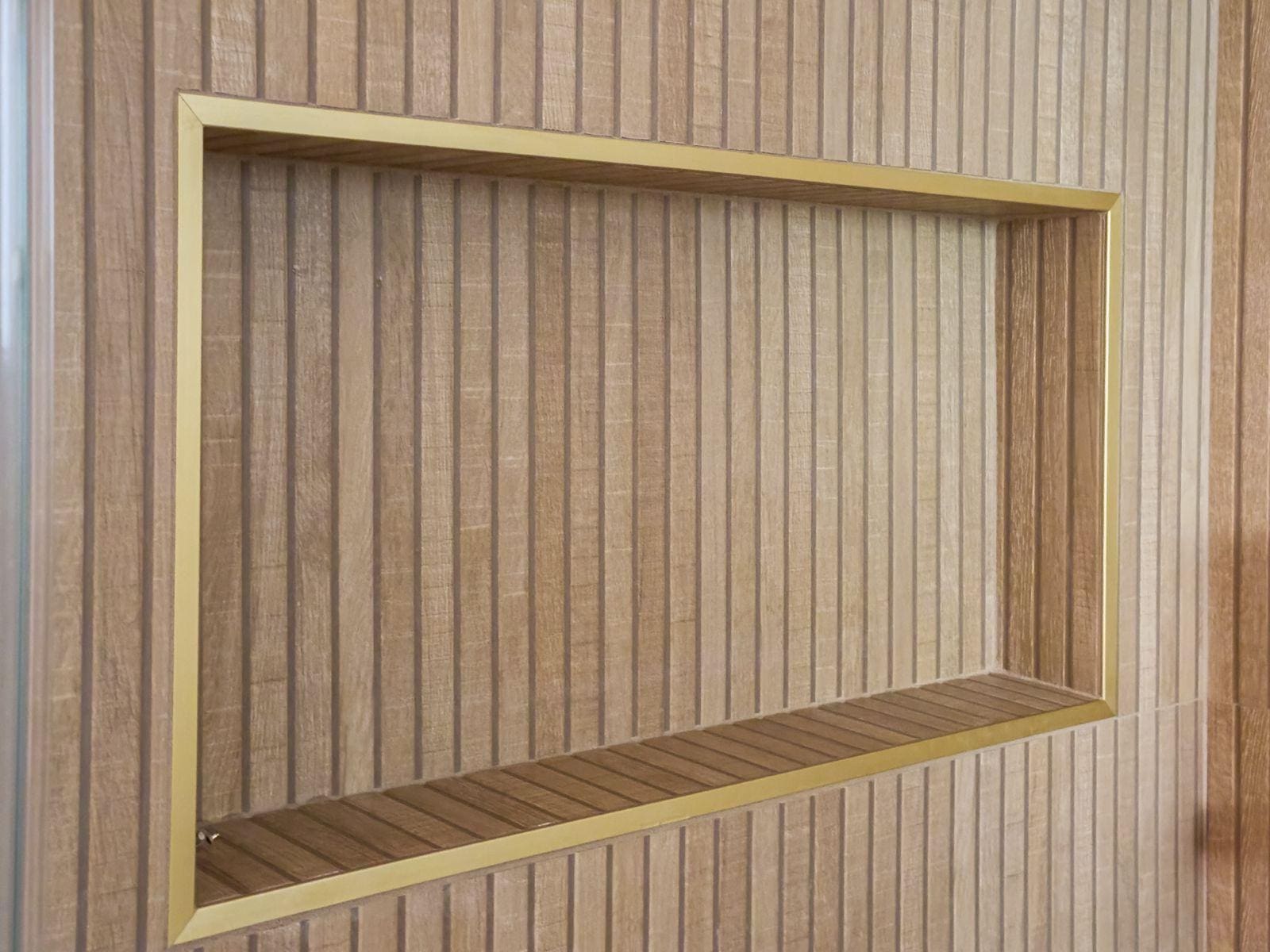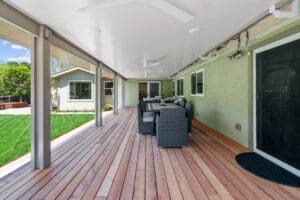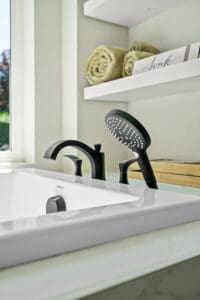Let’s Talk About Keeping Your Bay Area Home Cozy (Without the Guilt)
Alright, let’s have a real talk about something we all think about the second that chilly Bay Area fog rolls in or the summer sun turns our attic into a personal pizza oven: insulation. It’s not the sexiest part of homeownership, we know. It’s hidden behind walls and up in the rafters, doing its quiet, heroic work. But choosing the right insulation is one of the most impactful decisions we can make for our comfort, our energy bills, and frankly, for the planet we all call home.
We’re EA Home Builders, and we’ve been in the trenches of custom remodels and luxury home renovations all over Contra Costa County and beyond. We’ve seen it all, from the soggy, 50-year-old fiberglass in a Danville home renovation to the cutting-edge, eco-friendly solutions in a modern Oakland build. And we’re here to cut through the noise and walk you through the world of green insulation. It’s a game-changer, and it’s way more interesting than you might think.
Why Your Old Insulation is Letting You Down (And Costing You Money)
First things first, let’s be blunt. If your home was built more than a decade or two ago, its insulation is probably slacking on the job. It might have settled, gotten damp, or was just never installed correctly to begin with. Think of it like a worn-out sweater; it has holes, it’s thin in spots, and it just doesn’t hold in the heat like it used to.
The result? Your furnace and AC work overtime, your energy bills are through the roof (sometimes literally), and you have these random cold spots that make you sprint across the kitchen for a midnight snack. Ever feel a draft near your windows or notice that your upstairs is a sauna while your basement is a icebox? Yep, that’s your insulation (or lack thereof) waving a little white flag.
Upgrading your insulation isn’t just a “nice-to-have.” It’s a foundational part of any serious home remodeling project. Whether you’re planning a whole house remodeling or just tackling a basement remodel, addressing the envelope of your home first is the secret sauce to real, lasting comfort and efficiency. It’s the difference between just adding a new coat of paint and actually fixing the problem.
What Makes Insulation “Eco-Friendly,” Anyway?
So, what’s the big deal with “green” insulation? IMO, it boils down to a few key things. We’re looking for materials that have a low environmental impact from cradle to grave. This means they are made from recycled or rapidly renewable resources, they require minimal energy to manufacture, and they are safe for both the installers and the homeowners living with them long-term.
They also have to perform brilliantly. What’s the point of an eco-friendly product if it doesn’t actually keep your home comfortable? The best options do both: they have a stellar R-value (that’s the measure of resistance to heat flow—the higher, the better) and a green conscience.
Here’s a quick rundown of the all-stars in the eco-insulation world that we frequently use and recommend at EA Home Builders.
The Green Insulation All-Stars: A Friendly Breakdown
Recycled Denim (Cotton Batts)
Yes, you read that right. That old pair of jeans you donated might just end up keeping a house in Walnut Creek cozy.
- What it is: Batts made from post-consumer recycled denim and cotton clippings.
- Why we love it: It’s incredibly safe and easy to handle. No itchy fibers or nasty chemicals. It has great sound-dampening qualities, making it perfect for interior walls during a kitchen remodeling project where you want to keep the blender noise contained.
- The catch: It can be more expensive than fiberglass and it’s susceptible to moisture, so it needs to stay dry. It’s also not the highest R-value per inch.
- Our take: We’re fans for specific applications, like interior wall partitions or studio spaces. It’s a feel-good product that genuinely works well.
Cellulose (The Recycled Newsprint Champion)
This is one of the most common and cost-effective green options out there, and for good reason.
- What it is: Essentially, it’s about 80% recycled newspaper that’s been treated with non-toxic borate compounds to make it fire-retardant and pest-resistant.
- Why we love it: It’s a recycling superstar, diverting tons of waste from landfills. We often use it for dense-packing walls in existing homes or blowing it into attic spaces. It does a fantastic job of filling in all those nooks and crannies that batts can miss.
- The catch: Like denim, it must be kept dry. If it gets wet and stays wet, it can lose its effectiveness and become a problem.
- Our take: A workhorse. For the price, it offers fantastic performance and a stellar eco-profile. It’s a top contender for many of our whole house remodeling projects.
Sheep’s Wool (The Natural Regulator)
Nature’s own insulation! Sheep’s wool has been keeping animals warm and dry for millennia, and it turns out it’s pretty good at doing the same for our homes.
- What it is: Batts made from sheep wool that’s been cleaned and treated for pest resistance.
- Why we love it: This stuff is clever. It can absorb and release moisture from the air without losing its insulating properties, which helps regulate humidity levels inside your home. It’s also naturally fire-resistant and has a great R-value.
- The catch: It’s one of the more expensive options on the market.
- Our take: A premium, high-performance choice. If you’re looking for a truly natural and highly effective solution for your luxury home renovations, this is absolutely worth considering.
Spray Foam (The High-Performance Air Lock)
Now, this is where things get high-tech. Spray foam is a powerful tool, and it comes in two main flavors.
- Open-Cell: A lighter, more flexible foam that’s great for sound dampening and provides a solid air barrier. It has a lower R-value per inch than its closed-cell cousin but is more vapor-permeable.
- Closed-Cell: The king of air barriers. This foam is incredibly dense, provides a very high R-value per inch, and adds structural rigidity to your walls. It also acts as its own vapor barrier.
So, is spray foam really eco-friendly? This is a great question. The material itself is typically petroleum-based, which isn’t great. However, its environmental superpower is its unparalleled air-sealing capability. The energy savings over the life of your home can be so significant that they often outweigh the initial environmental cost of production. It’s all about the long game.
How Do These Options Stack Up? Let’s Look at the Numbers.
We know, information overload is real. So, we put together this handy table to make a side-by-side comparison a bit easier. FYI, these are general ranges, and the final cost can vary based on the complexity of your project and your location in the Bay Area.
| Insulation Type | Primary Material | R-Value (per inch) | Approx. Cost (per sq. ft.) | Best For | Key Considerations |
|---|---|---|---|---|---|
| Recycled Denim | Post-Consumer Cotton | R-3.5 | $$$ | Interior walls, soundproofing | Must stay dry; no itchy fibers |
| Cellulose | Recycled Newspaper | R-3.2 – 3.8 | $$ | Blown-in attic, dense-packed walls | Excellent for existing home additions |
| Sheep’s Wool | Sheep Wool | R-3.5 – 4.0 | $$$$ | Walls, attics; humidity control | Premium natural product |
| Open-Cell Spray Foam | Polyurethane | R-3.5 – 3.7 | $$$ | Roof decks, interior walls; air sealing | Allows moisture diffusion |
| Closed-Cell Spray Foam | Polyurethane | R-6.0 – 7.0 | $$$$+ | Foundations, roofs; max R-value | Acts as a vapor barrier |
This Isn’t a DIY Project. Here’s Why You Need a Pro.
We get it. The siren song of DIY is strong. You see the bags of cellulose at the home improvement store and think, “How hard can it be?” Trust us on this one: insulation is one area where hiring a professional general contractor is non-negotiable.
Why? Because insulation’s performance is almost entirely dependent on proper installation. A tiny gap, an incomplete seal, or improper density can reduce its effectiveness by 30% or more. It’s like buying a sports car and putting flat tires on it.
An expert home improvement team, like ours at EA Home Builders, doesn’t just slap in some batts and call it a day. We perform a thorough assessment, identify air leaks, and choose the right combination of materials to create a comprehensive building envelope solution. This is especially critical when we’re integrating insulation work with other projects, like a bathroom remodeling or a basement remodel, where moisture management is paramount.
A pro also knows the local building codes inside and out. When you’re searching for a “home renovation contractor near me,” make sure you choose a remodeling company with proven experience in high-performance building techniques. Check their reviews! What are other homeowners in Danville or Oakland saying about their insulation work? This due diligence is everything.
Your Eco-Insulation Questions, Answered
We hear a lot of the same great questions from homeowners. Let’s tackle a few of the big ones.
1. Will eco-friendly insulation really save me money on my energy bills?
Absolutely, 100%. This is the whole point. By creating a tighter thermal envelope in your home, your HVAC system doesn’t have to work nearly as hard. We’ve seen clients cut their heating and cooling costs by 20% or more. The insulation pays for itself over time—it’s an investment, not just an expense.
2. Is green insulation safe for my family?
In general, the eco-friendly options we’ve discussed are much safer than some traditional materials. They typically contain no formaldehyde and produce no volatile organic compounds (VOCs) after installation. Materials like denim and wool are completely non-irritating to handle. This is a huge win for indoor air quality, especially during a whole house remodeling when everything is being sealed up tight.
3. Can I add this insulation to my existing walls without tearing them down?
You can! This is a super common technique called dense-pack cellulose or injection foam. A bathroom renovation contractor or basement remodel contractor who knows their stuff can drill small holes in the exterior of your walls (or the interior, depending on the situation) and blow the insulation in, then patch the holes seamlessly. It’s a fantastic way to upgrade an older home without a full gut job.
Making the Right Choice for Your Home and Our Planet
So, there you have it. Choosing eco-friendly insulation isn’t just a trendy, feel-good choice. It’s a smart, practical decision that leads to a more comfortable, quiet, and efficient home. It reduces your carbon footprint and your utility bills at the same time. Not a bad deal, right?
Think of it as the silent foundation upon which all your other home remodeling dreams are built. A beautiful new kitchen or a spa-like bathroom is even better when the room itself is perfectly comfortable year-round.
If you’re in Contra Costa County or anywhere in the Bay Area and you’re thinking about making your home more efficient, let’s chat. At EA Home Builders, we geek out over this stuff. We can help you figure out the best solution for your specific home, your budget, and your goals. Don’t just search for the nearest contractor; find the closest partner who will treat your home like it’s their own. Let’s build something better, together.






